Media | Articles
Is the R129 SL a new star in the Mercedes-Benz market?
Mercedes-Benz has long relied on sales of practical, high-quality sedans (and, increasingly, SUVs) as the core of its business. However, it has indulged in a two-seat open car as its flagship for much of its history. While the AMG-GT has essentially claimed that role, for decades it was the the sole purview of the SL.
The original SL is the 300SL, which was introduced in 1954 (code-named the W198) and with its iconic gullwing doors captivated the entire automotive world. While the 300SL Gullwing was a groundbreaking car in numerous ways, it was also very expensive and more of a race car than a road car. In 1955 it was soon joined by an entry-level SL, the 190SL (code-named W121), which was not nearly as fast, but easier to drive and less pricy.
The modern SL series originates with the combination of those two model lines with the introduction of the 230SL in 1963 (code-named W113). This car set the SL template that continues to this day as a high-quality, technologically sophisticated, two-seat convertible. The W113 series SL evolved through the 1960s to feature larger engines, increasing from the original 2.3-liter inline six-cylinder (230) to 2.8 liters (280SL), but it was replaced by what would become the longest-running SL model – the R107. Introduced for the 1972 model year in North America, the SL had a V-8 for the first time, displacing 4.5 liters despite wearing a 350SL badge. The R107 series continued to be produced up through the 1989 model year, although that wasn’t the original plan.
Designing the R129

Soon after the launch of the R107, Mercedes-Benz began work on its replacement, designated internally as the R129. While a project that was started in the mid-1970s and finally launched for the 1990 model year might seem like evidence of troubled development, Mercedes-Benz used the time wisely. Under the direction of Chief Designer Bruno Sacco, the engineer-designer Johann Tomforde refined a modern shape for the new R129 SL and finalized it by the mid-1980s. The next several years were spent on further testing and development.
Continuing the Mercedes-Benz tradition of introducing safety innovations, the R129 featured a retractable roll bar. While it could be raised or lowered by the driver, the roll bar would also automatically deploy in approximately 3/10ths of a second when the car detected a rollover was imminent. Additional advancements included a new multi-link rear suspension and electronically controlled damping system (branded Adaptive Damping System or ADS).
Marketplace
Buy and sell classics with confidence
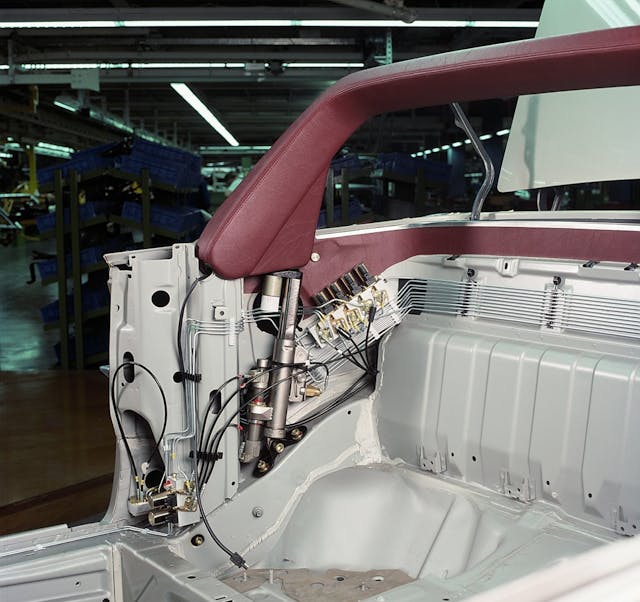
Like its predecessor, the R107, the new SL also featured a range of six- and eight-cylinder engines. However, these now featured a modern four-valve cylinder head. The new SL also boasted what would become possibly the best Mercedes-Benz passenger car engine, a new V-12.
The V-12
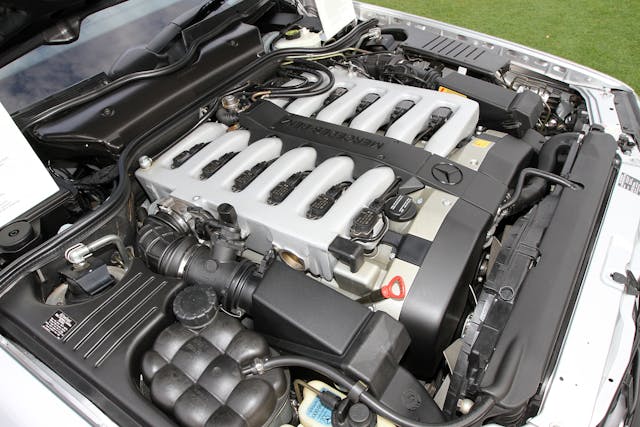
Mercedes-Benz had long relied on big-displacement V-8s for its flagships. Starting with the 6.3-liter M100 engine, the company used the V-8 in the 600 limousine launched in 1964, and more mischievously in the smaller 300SEL sedan launched in 1968. The M100 V-8 was smooth and powerful and was later enlarged by almost 10 percent to power the 450SEL 6.9 of the late 1970s.
Mercedes-Benz might have continued to develop the V-8 configuration well into the 1980s, as then-independent AMG was showing with its four-valve cylinder head conversion, if it weren’t for an unexpected engine from upstart rival BMW. In 1986, with the introduction of its flagship 7 Series sedan (E32), the Bavarian Motor Works jumped straight from six cylinders to 12. Partly inspired by the Jaguar 5.3-liter V-12, the BMW 5.0-liter 12-cylinder featured a two-valve, single-overhead-cam cylinder head with an aluminum alloy block, and it produced 300 horsepower. Mercedes-Benz wasn’t about to let its smaller rival have a more sophisticated engine and set out to outdo the BMW V-12 in every way. The resulting M120 engine was a 6.0-liter V-12 with an aluminum alloy block, a four-valve cylinder head, and 389 horsepower.
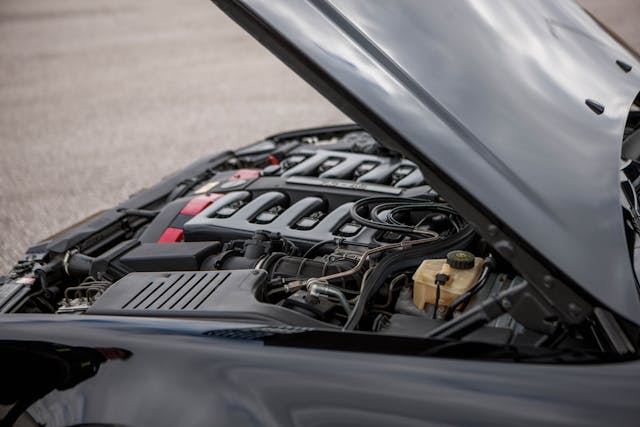
Despite the long development period of the new SL, it proved to be worth the wait. The 20,000-unit initial year production run quickly sold out. While demand would gradually wane, production of the R129 would eventually total 204,940 vehicles over 13 model years. That yearly average bettered the R107, of which 237,287 were produced over 18 model years. At just over 50 percent of the total produced, the V-8 powered R129 was the most popular. Six-cylinder cars were second most numerous with 44 percent, and the V-12s were the least common representing just over five percent of all R129s.
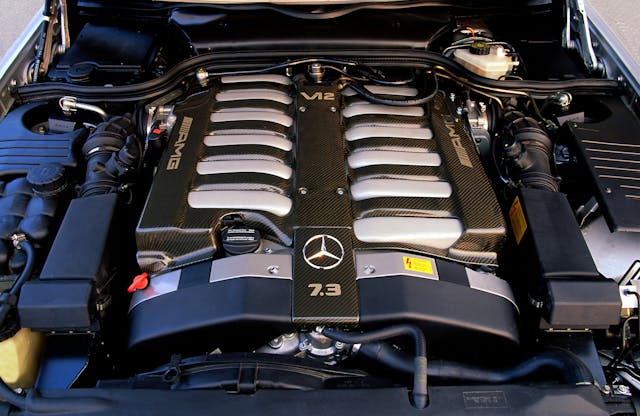
The small-run manufacturers of Germany, sometimes considered to be tuning companies, also found a lot to like in the new R129. Using both the V-8 and V-12 cars as the basis for high-performance cars, both AMG and Brabus, among others, got to work. Their primary improvements featured larger-displacement engines with the V-8 upped to 6.0 liters, and the V-12 got as large as 7.3 liters. The M120 V-12 engine’s performance potential was so great it even found a home in the Pagani Zonda hypercar.
SLs with a touch of extra class

Mercedes-Benz also produced its own special versions of the R129 SL for various markets around the world. A limited run of 10 cars was built for Italy’s Mille Miglia Storica in 1998 and 1999, while 40 were made for the U.S. 500 CART race in 1996. Among the more widely available special editions, in North America for the 1997 model year, a 40th Anniversary Edition Roadster celebrated the 300SL Roadster’s introduction in 1957. Featuring a Crimson Red Metallic exterior finish, it was available for both the six- and eight-cylinder cars. Of the 750 produced, one third were built as the SL320 and the majority as the SL500.
The R129’s final model year of 2002 also saw the introduction of the Silver Arrow Edition USA, of which 1450 examples were built in SL500 form and just 100 as SL600s. This limited edition featured a unique Silver Arrow Edition ultra-metallic exterior finish, a black leather interior with black maple wood trim, a panoramic removable hardtop, an AMG styling package, and a Silver Arrow aluminum delivery briefcase.
Rising stock
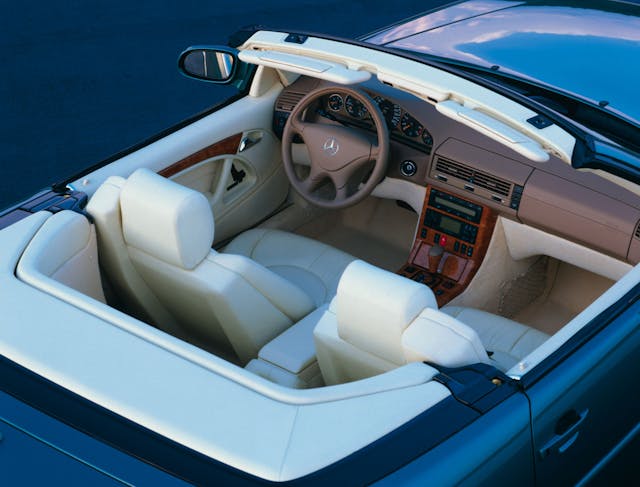
With the earliest examples of the R129 now 30 years old, collectors are beginning to take notice. Over the past five years, an R129 in Excellent (#2) condition has increased by 49 percent to an average value of $23,645. Finding one at auction used to mean the car was used up and had many expensive needs, but nicer examples are beginning to turn up.
The auction record for an SL of this generation belongs to a 1999 Mercedes-Benz Brabus 7.3 S with only 1100 kilometers, which sold for $165,000 in March of 2020 at RM Sotheby’s Palm Beach auction. With a twin-turbo 7.3-liter version of the M120 V-12, rated at nearly 600 horsepower, the car likely represents the ultimate high-performance evolution of the R129.
Standard cars in exceptional condition are beginning to sell well, too. A 2002 Mercedes-Benz SL600 Silver Arrow Edition with a mere 270 miles recently sold on Bring a Trailer for $132,000, including buyer’s fee. While it doesn’t quite beat the un-adjusted for inflation MSRP of $136,195, the car did sell for more than double the condition-#1 value of $56,500 for a standard 2002 Mercedes-Benz SL600. While this is an exceptional price for an exceptional car, it appears to be part of a wider trend and could well mark a turning point in the Mercedes-Benz R129 SL market.

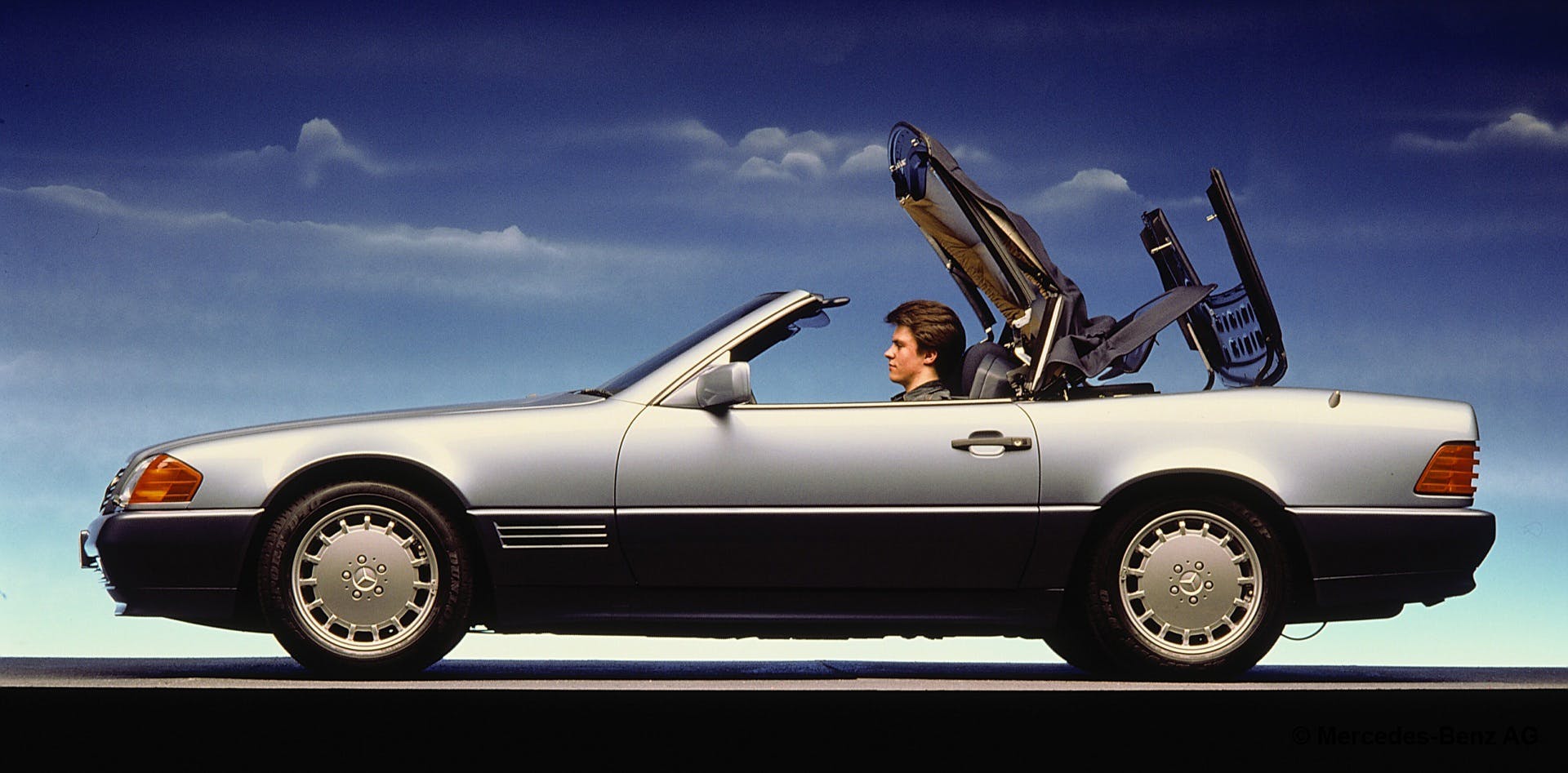
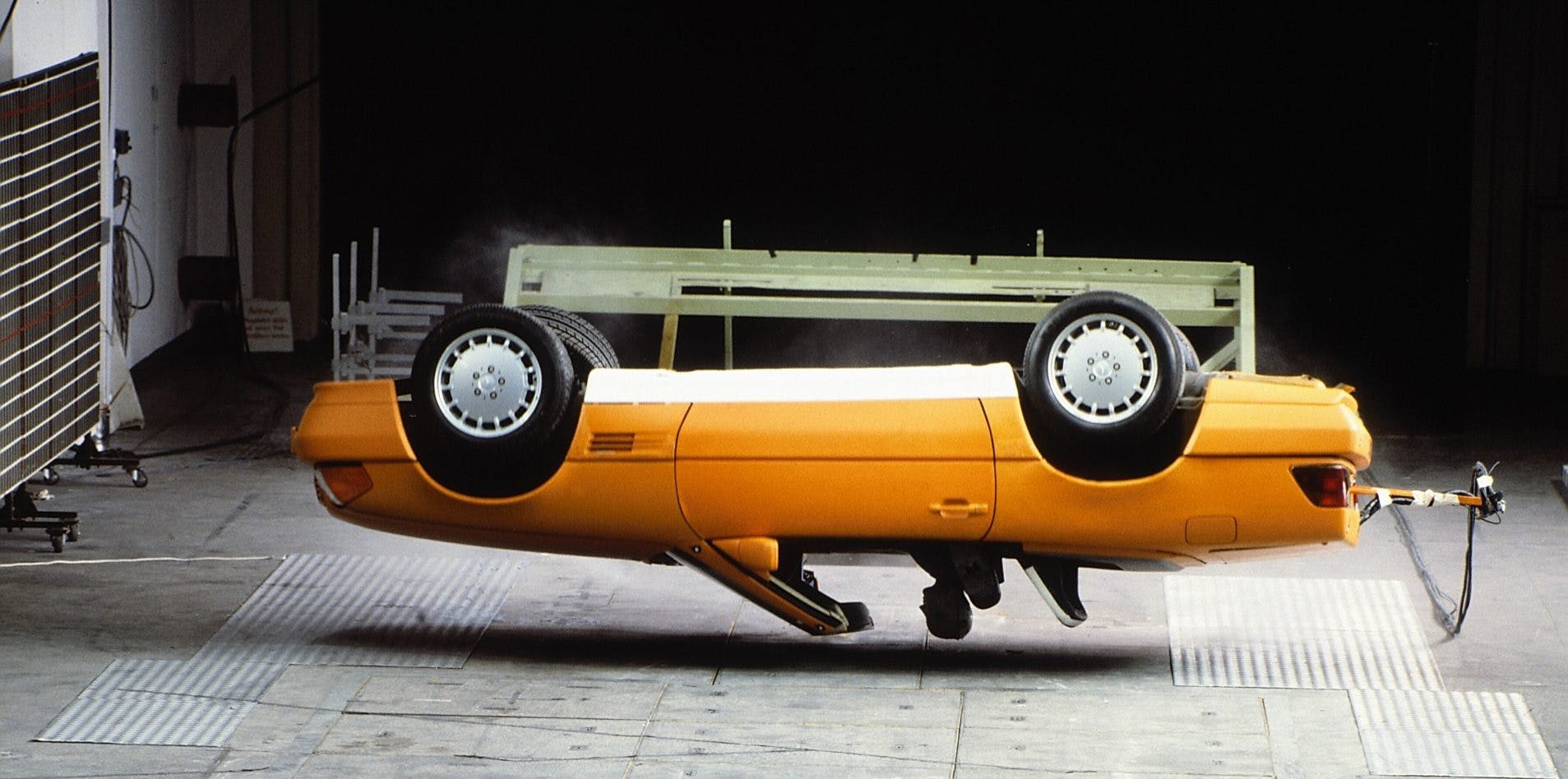
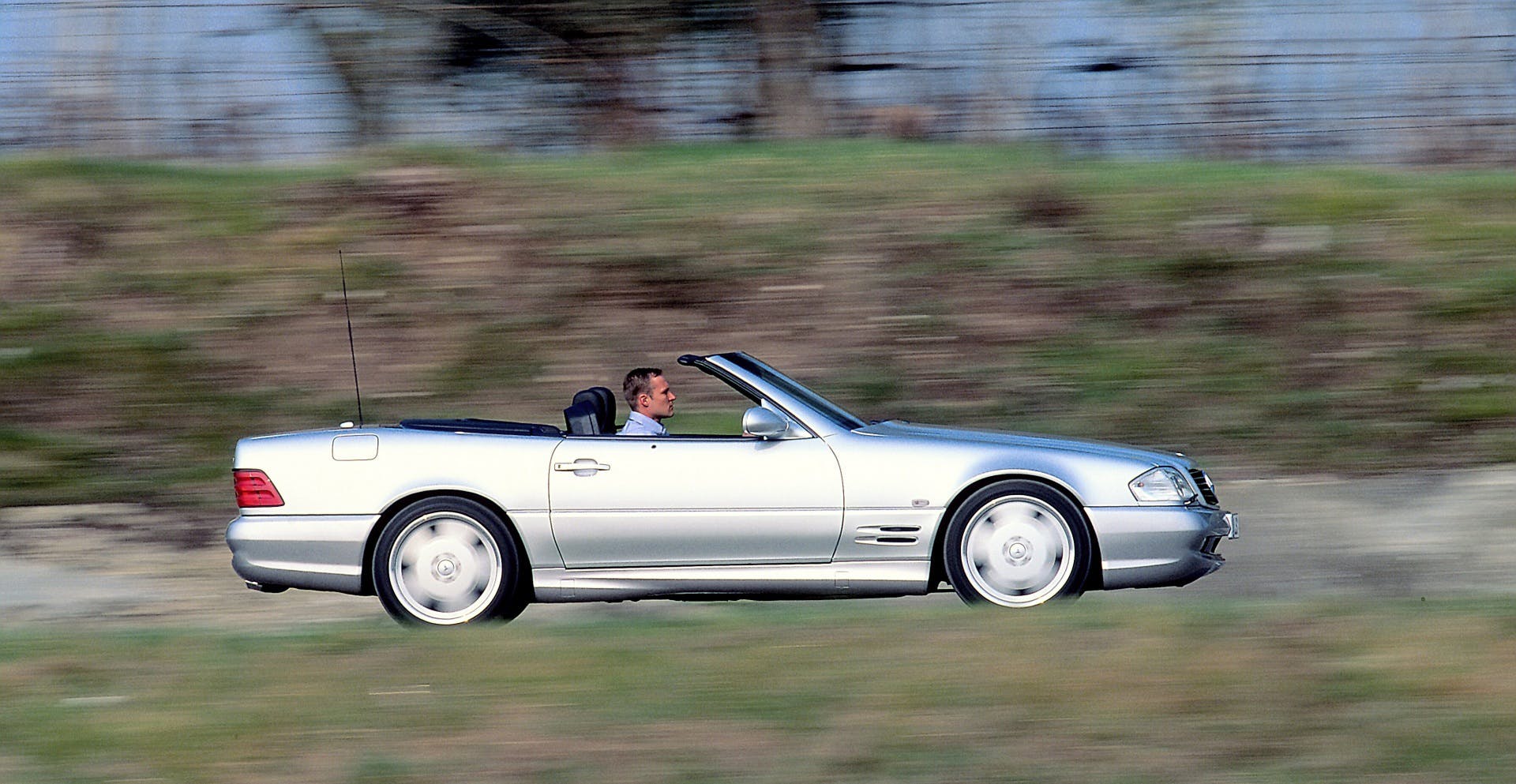
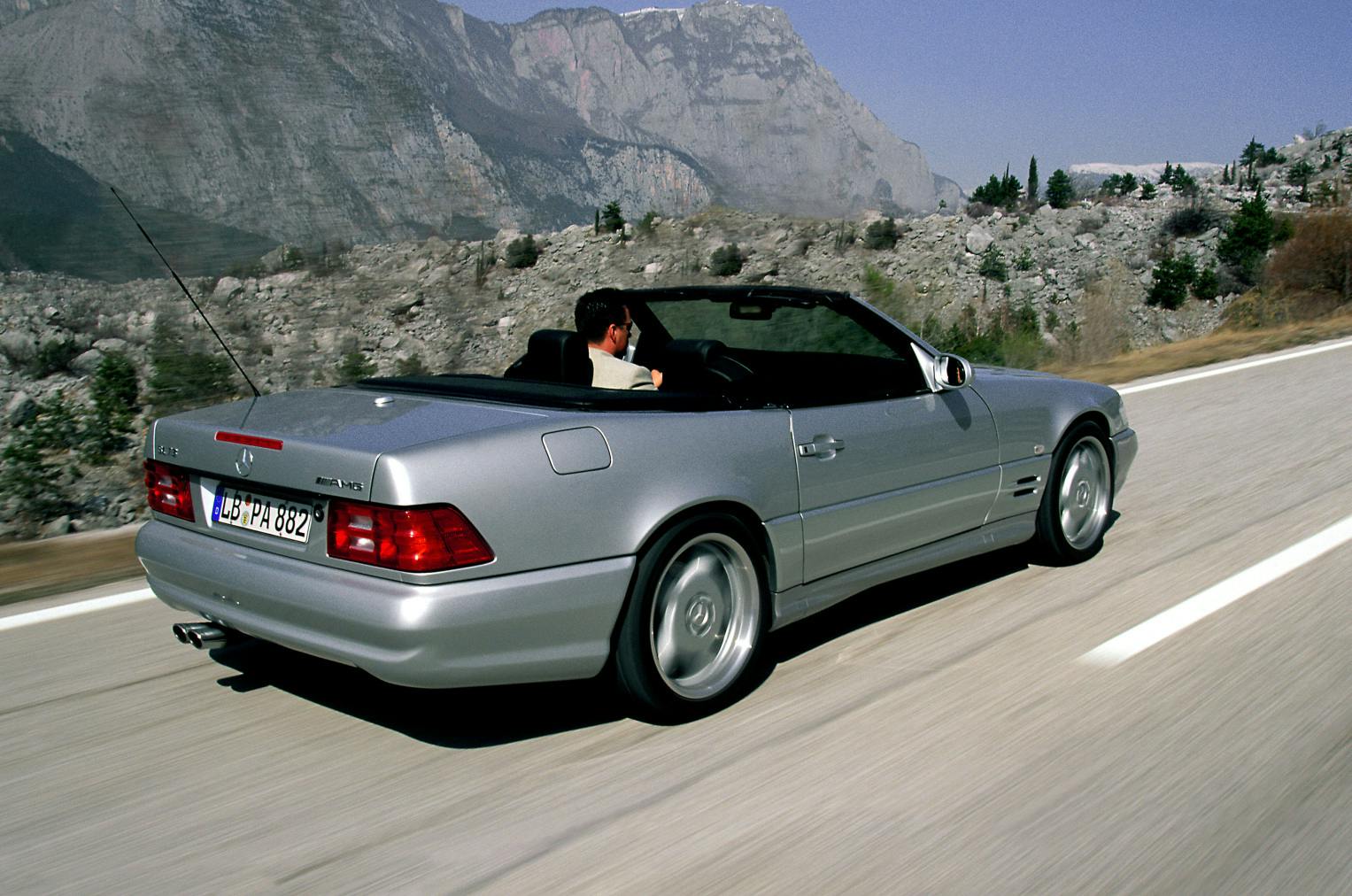
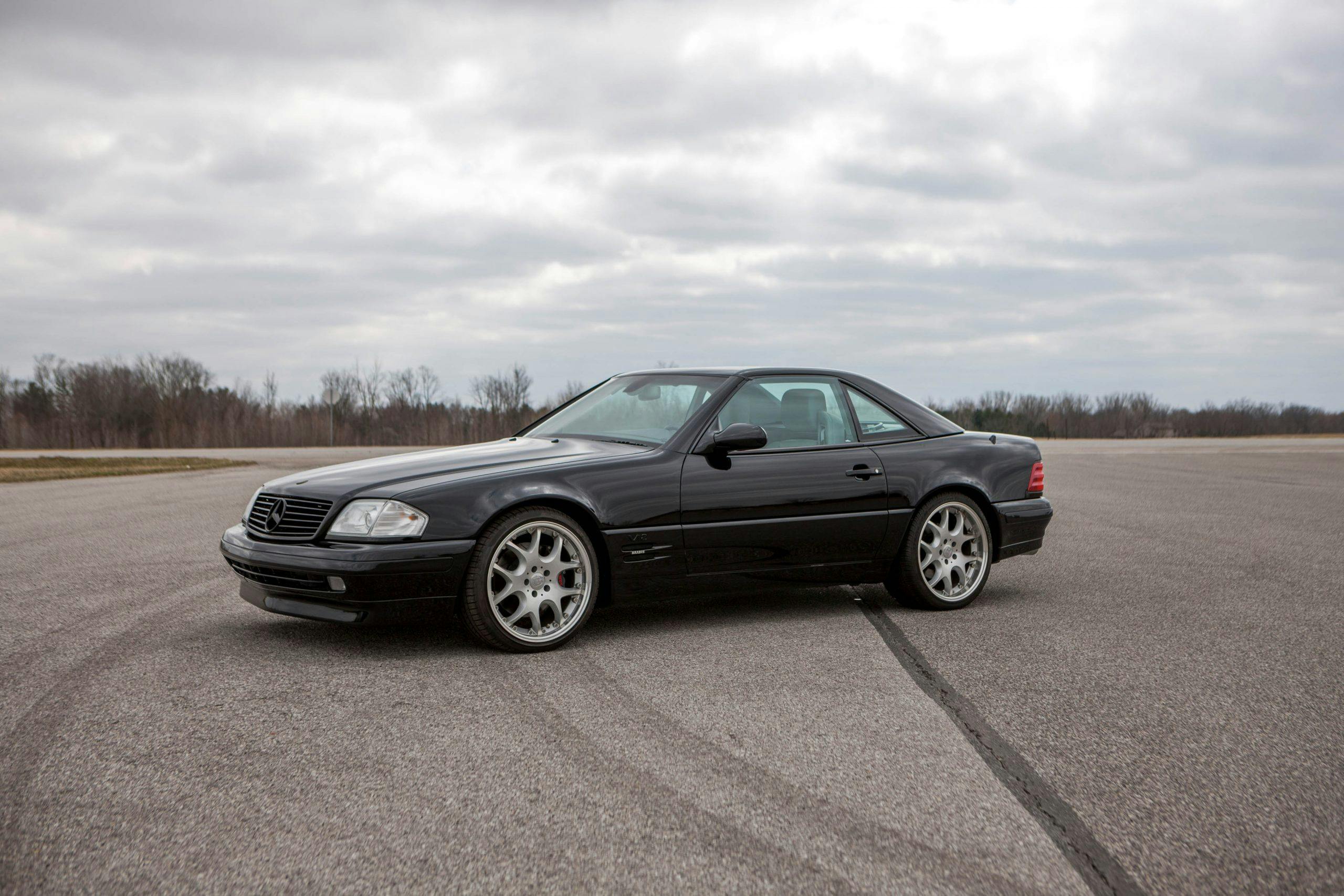
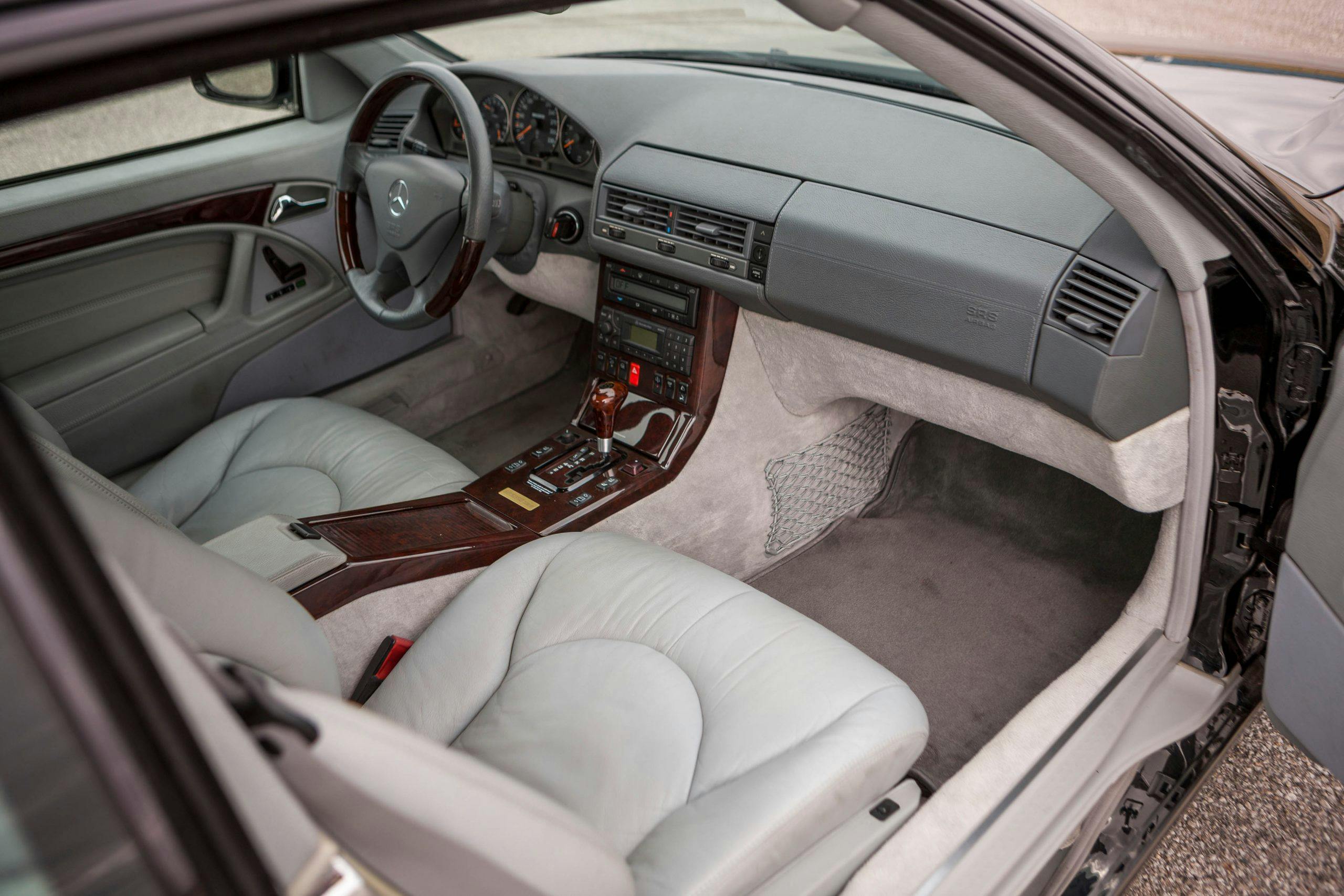
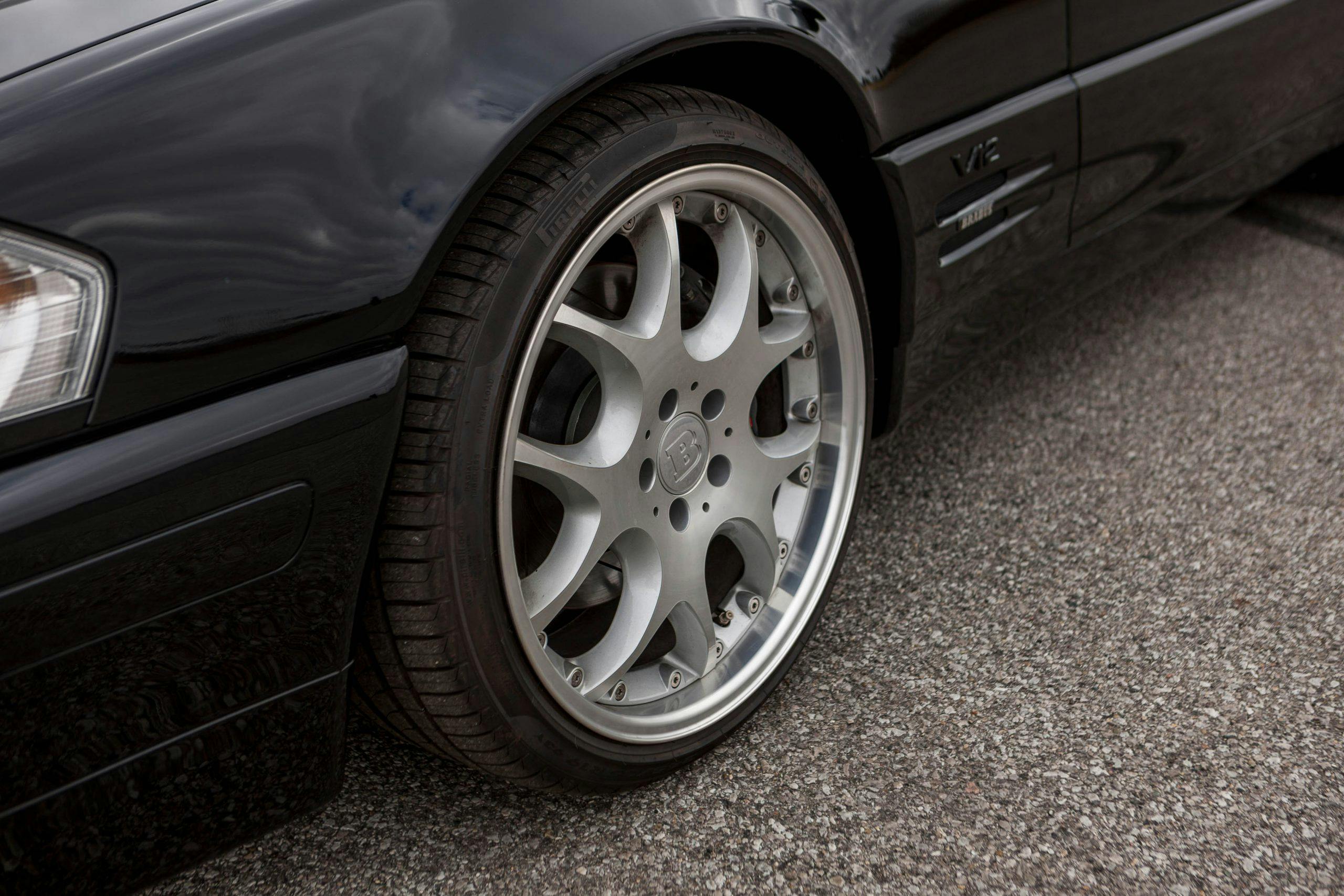

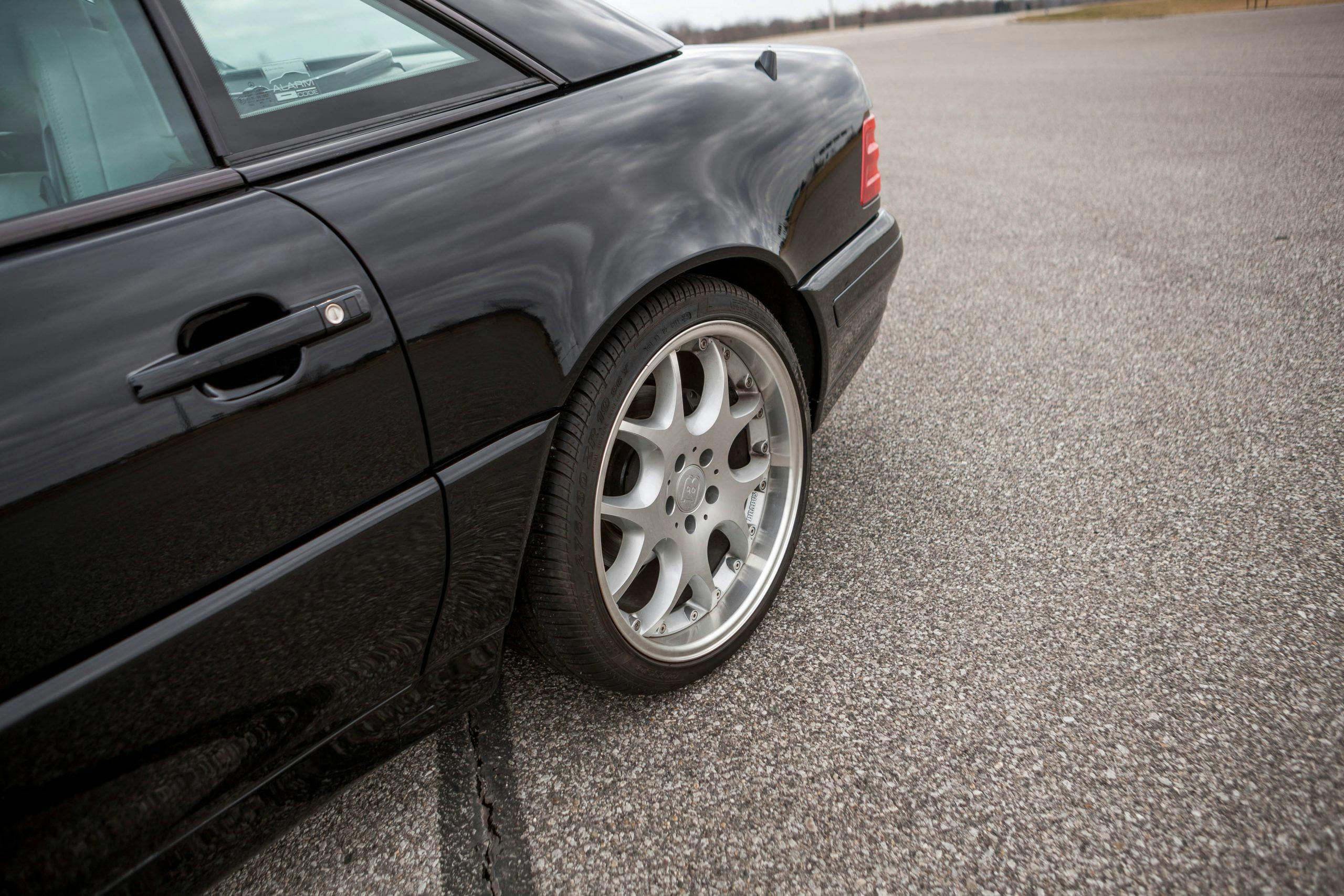
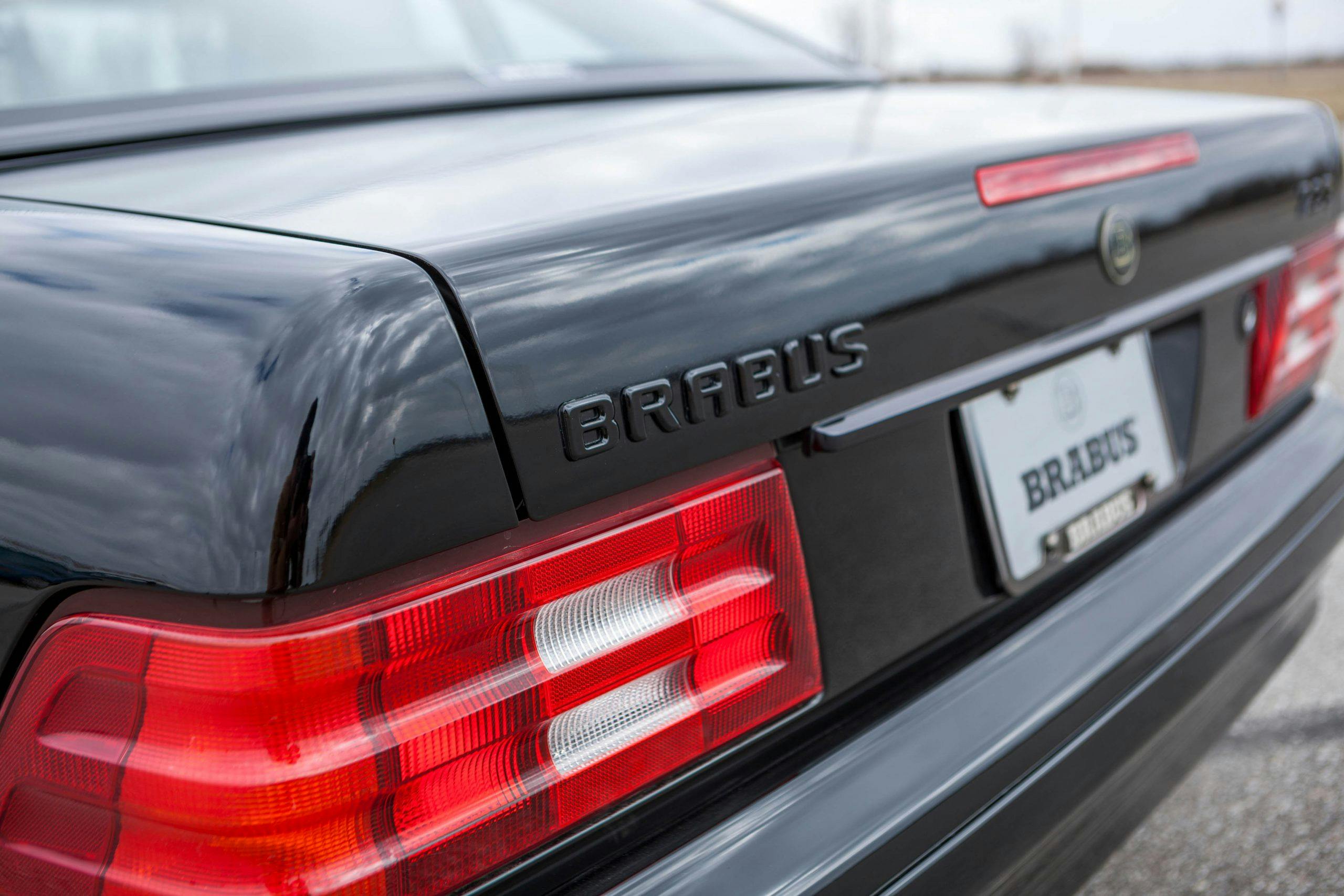
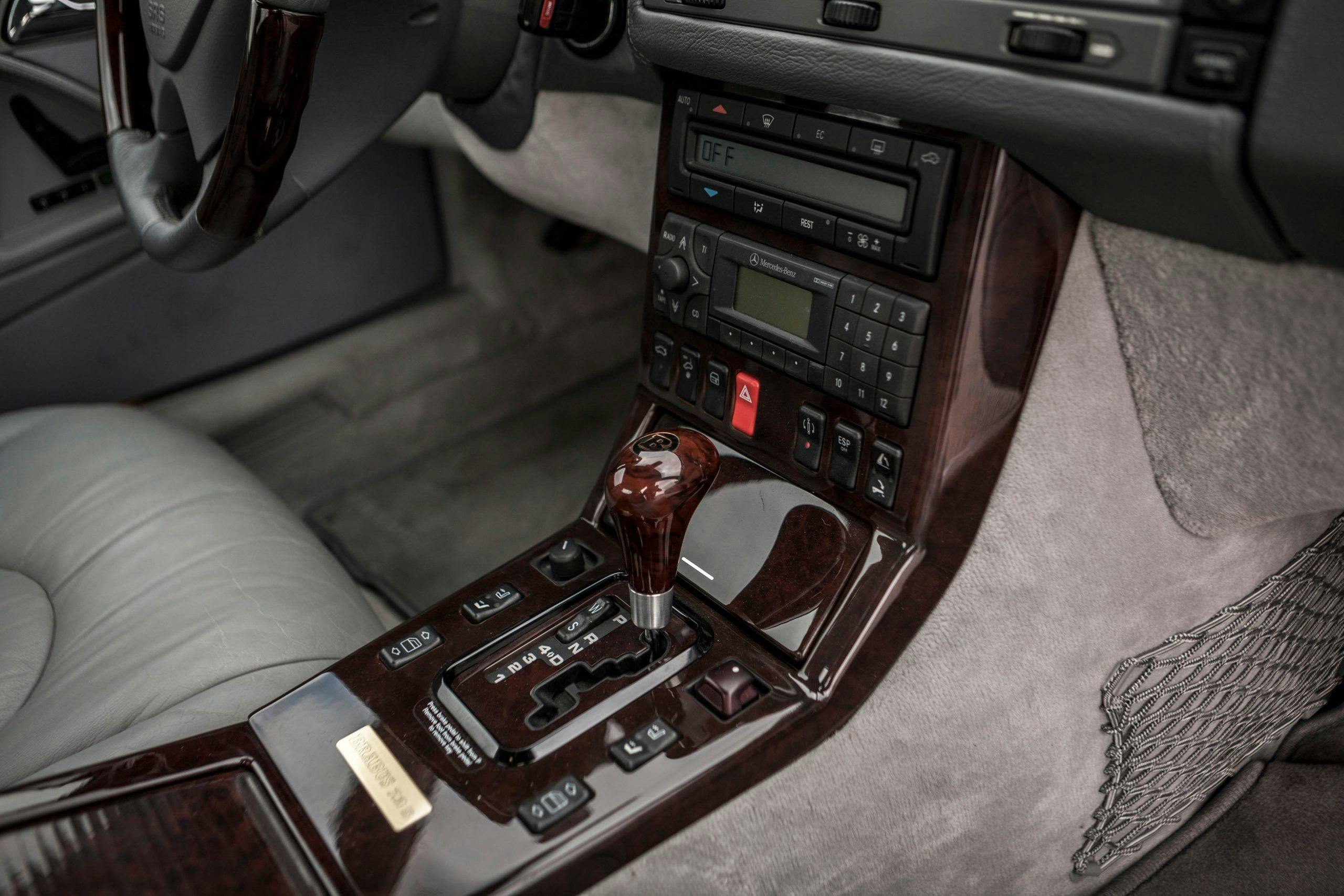
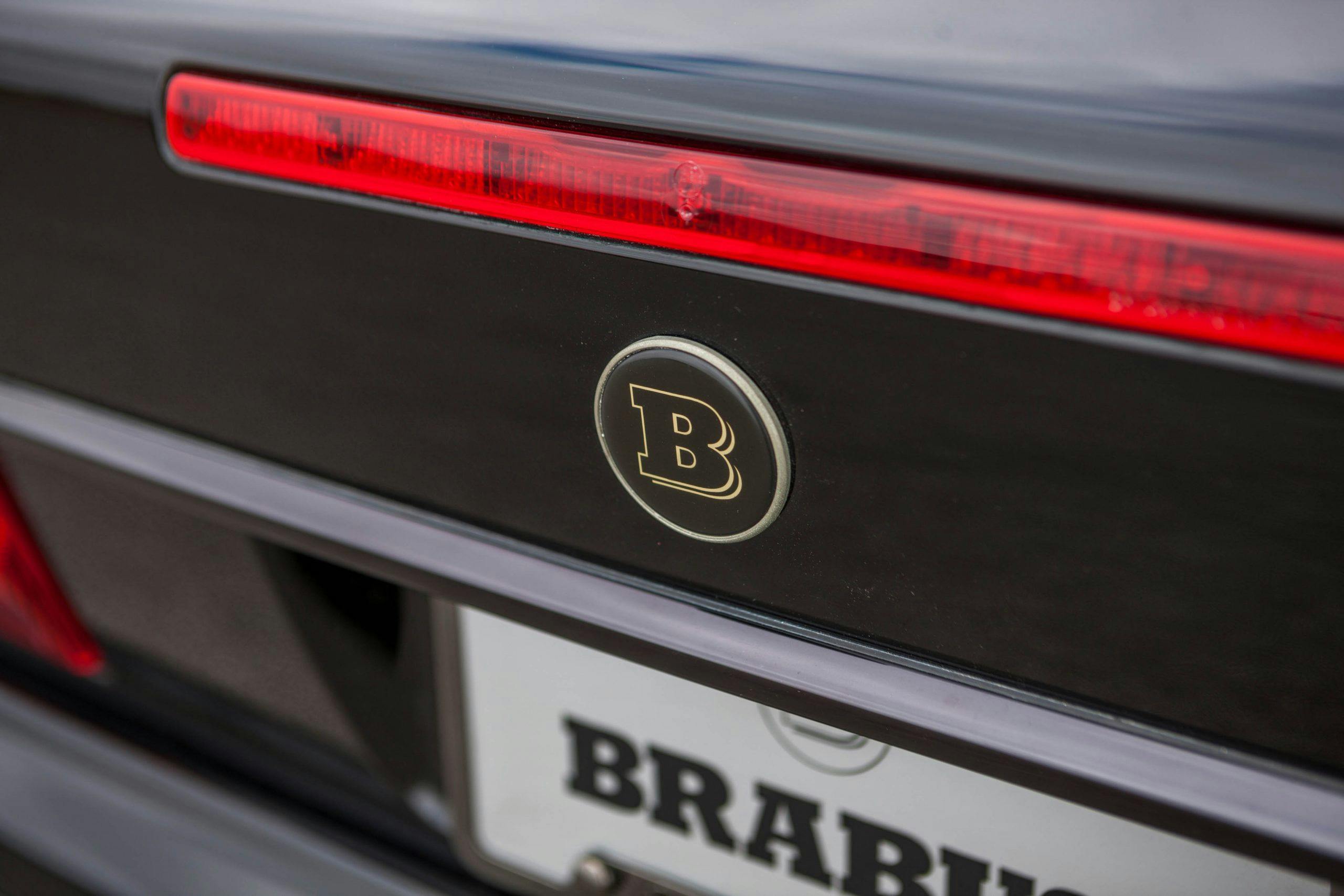
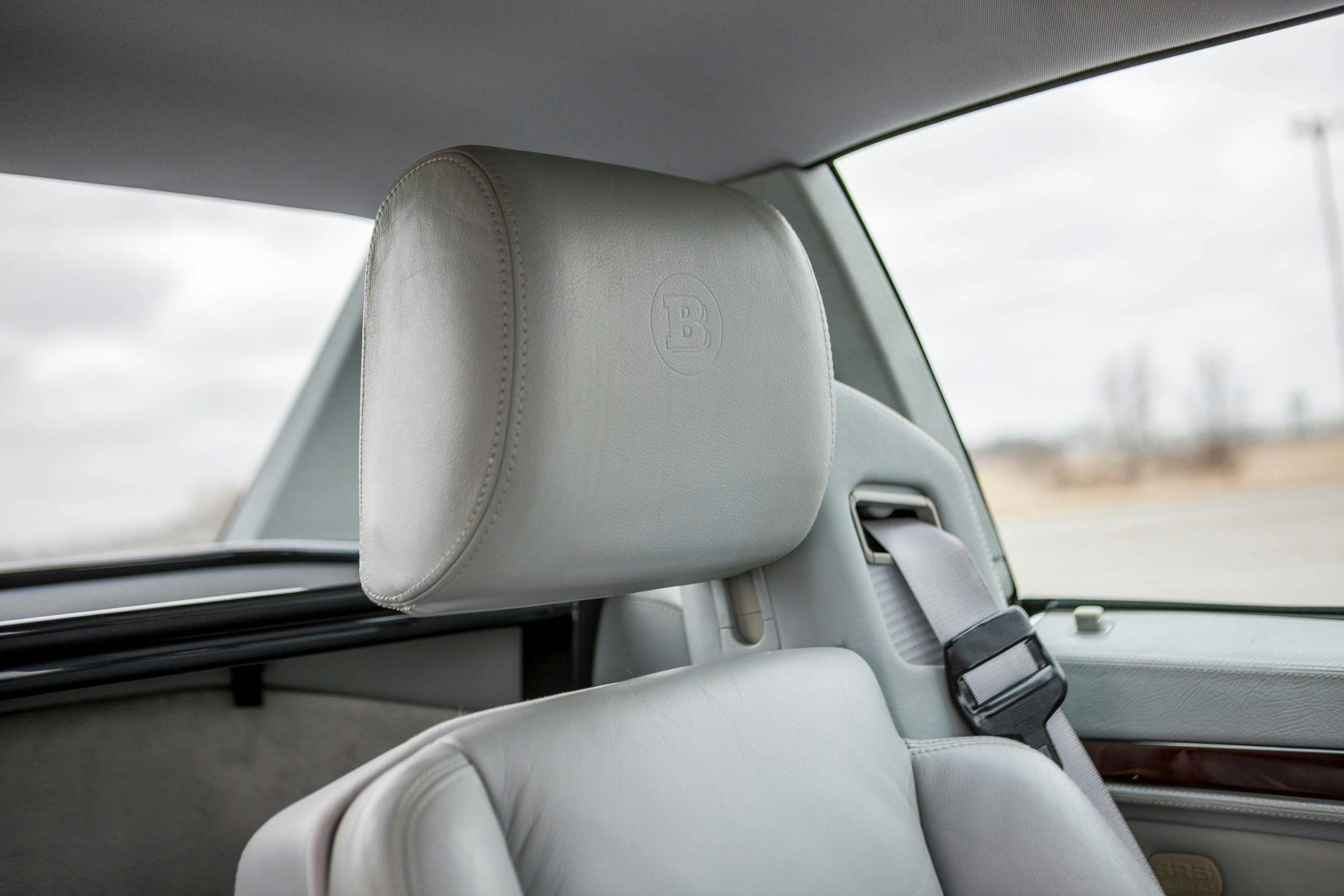

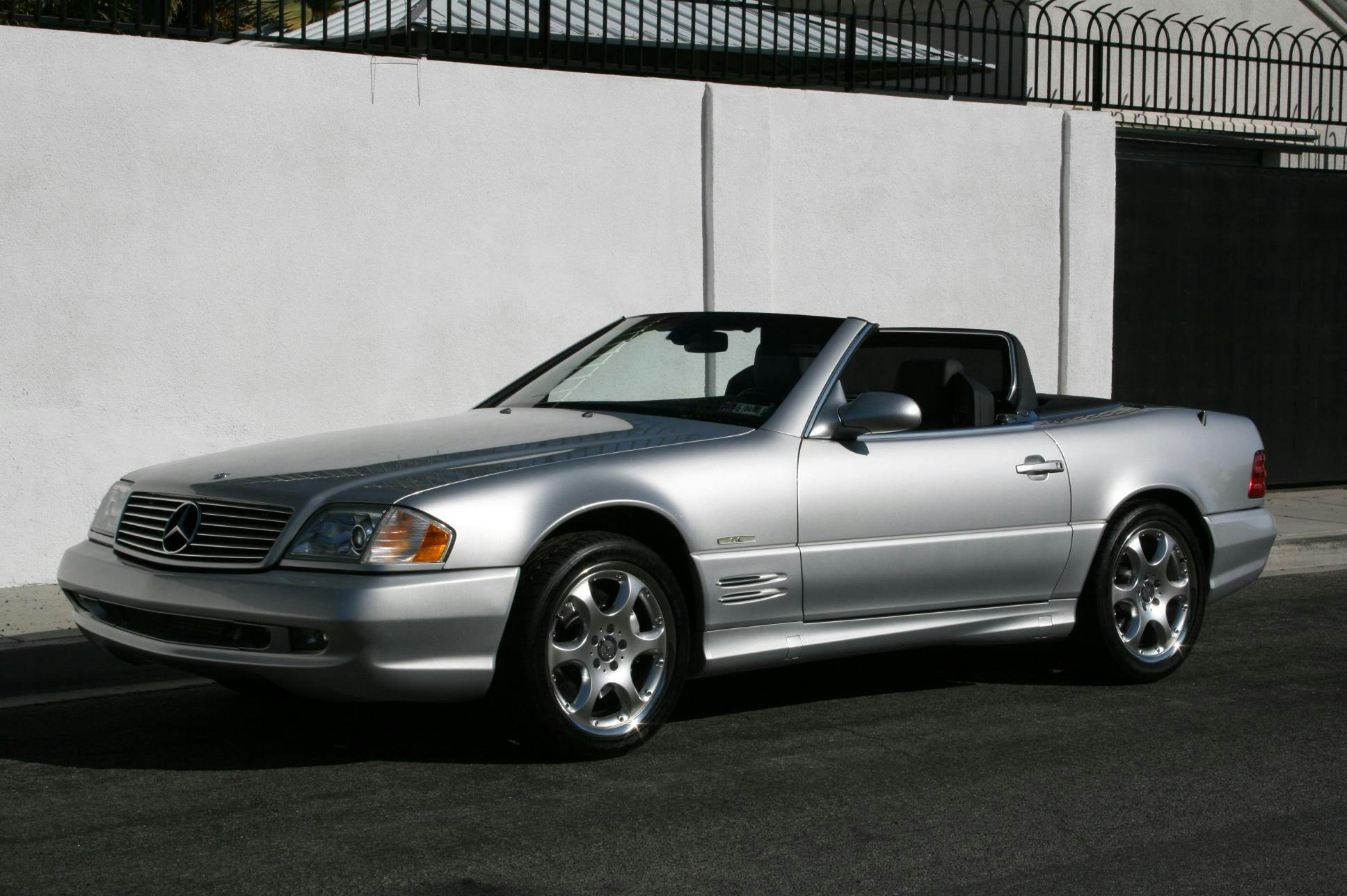
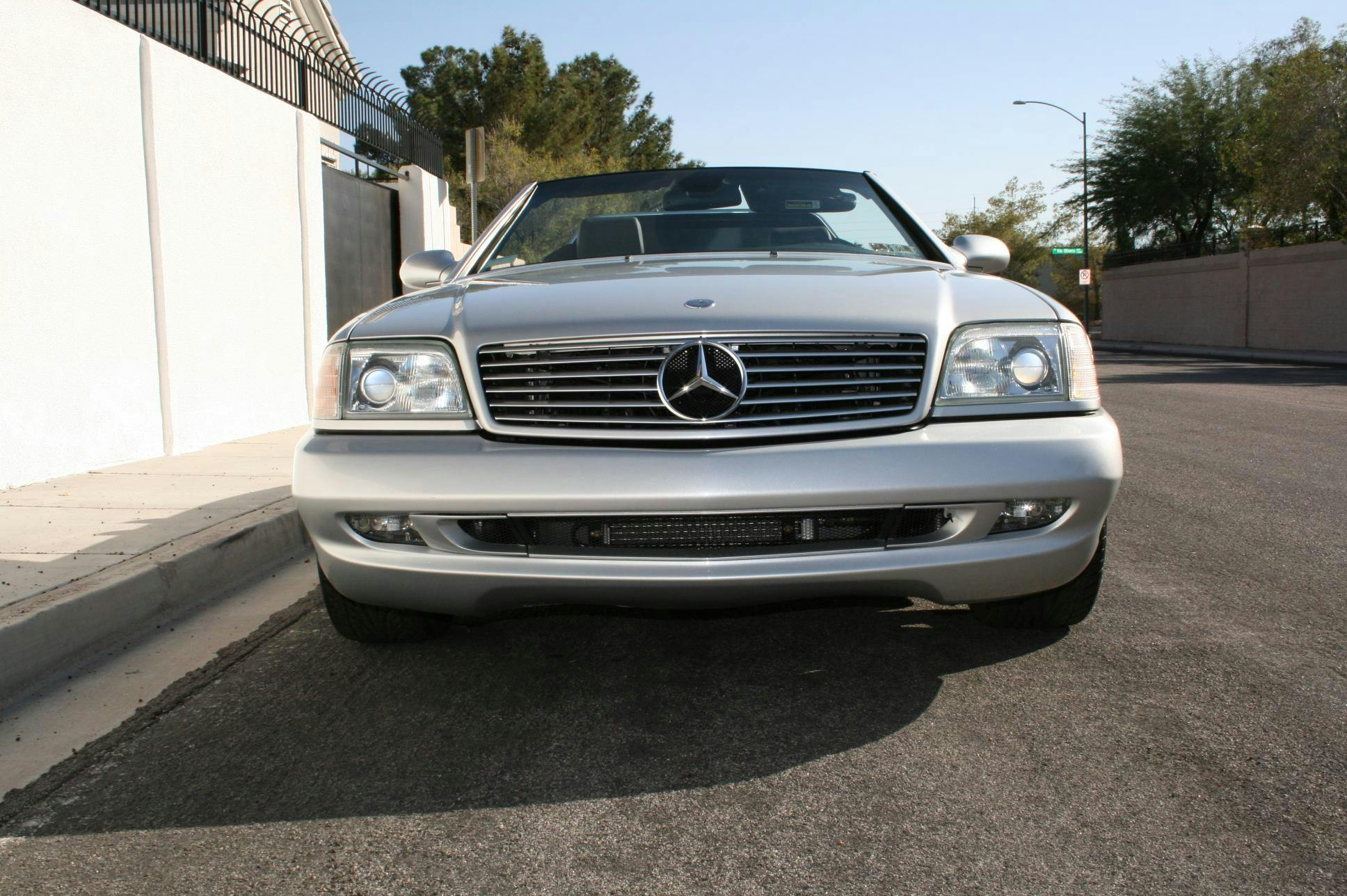
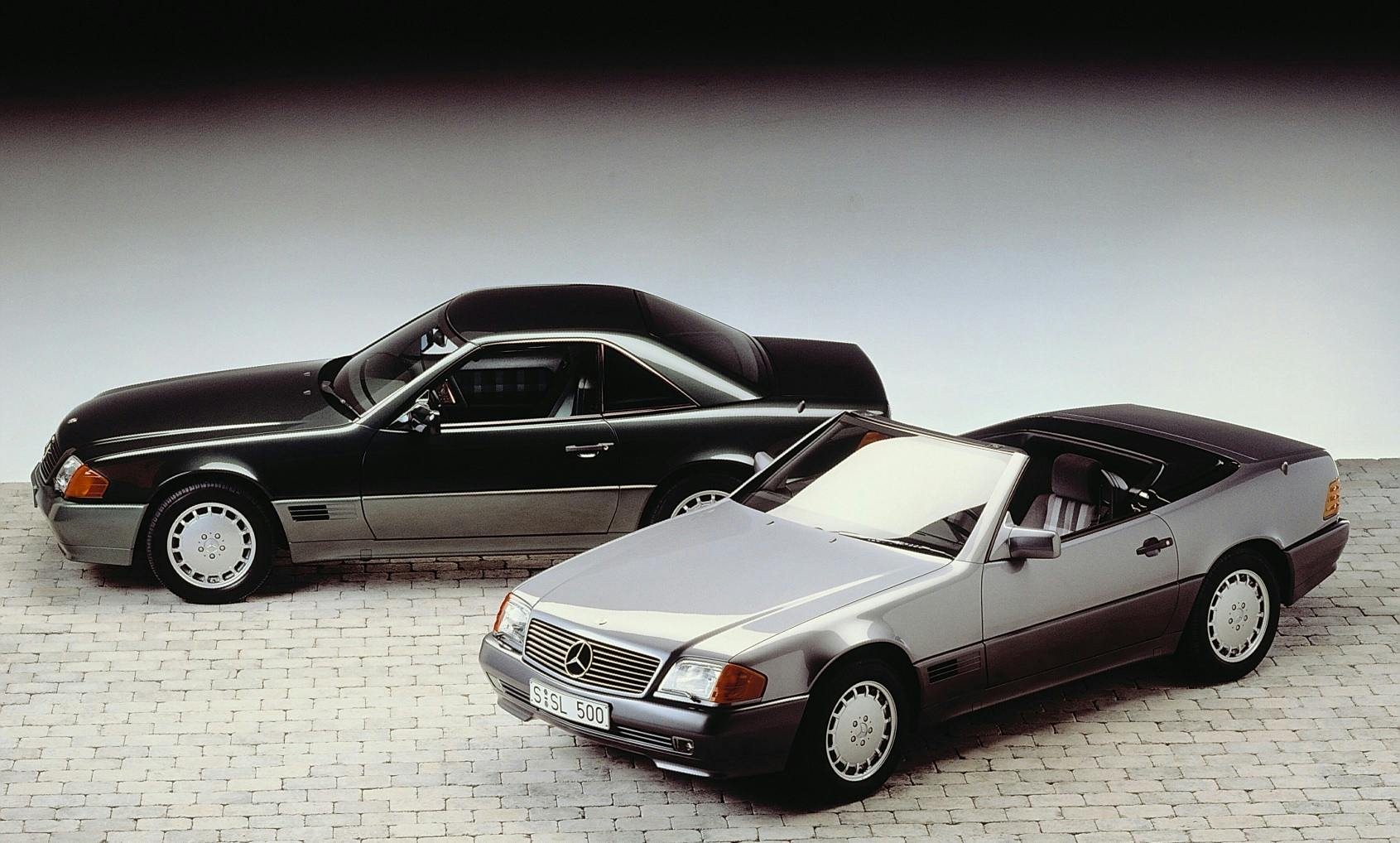
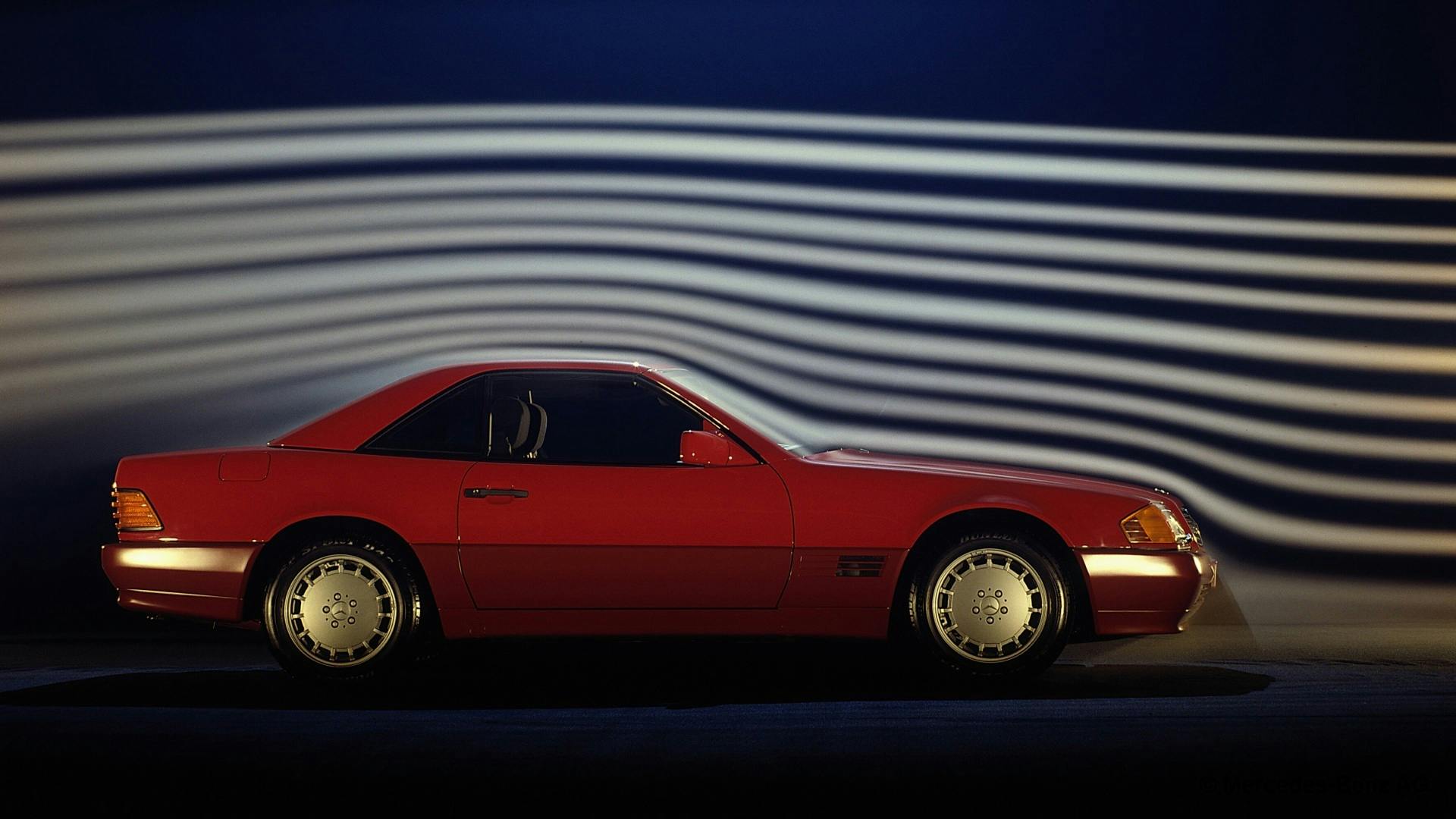
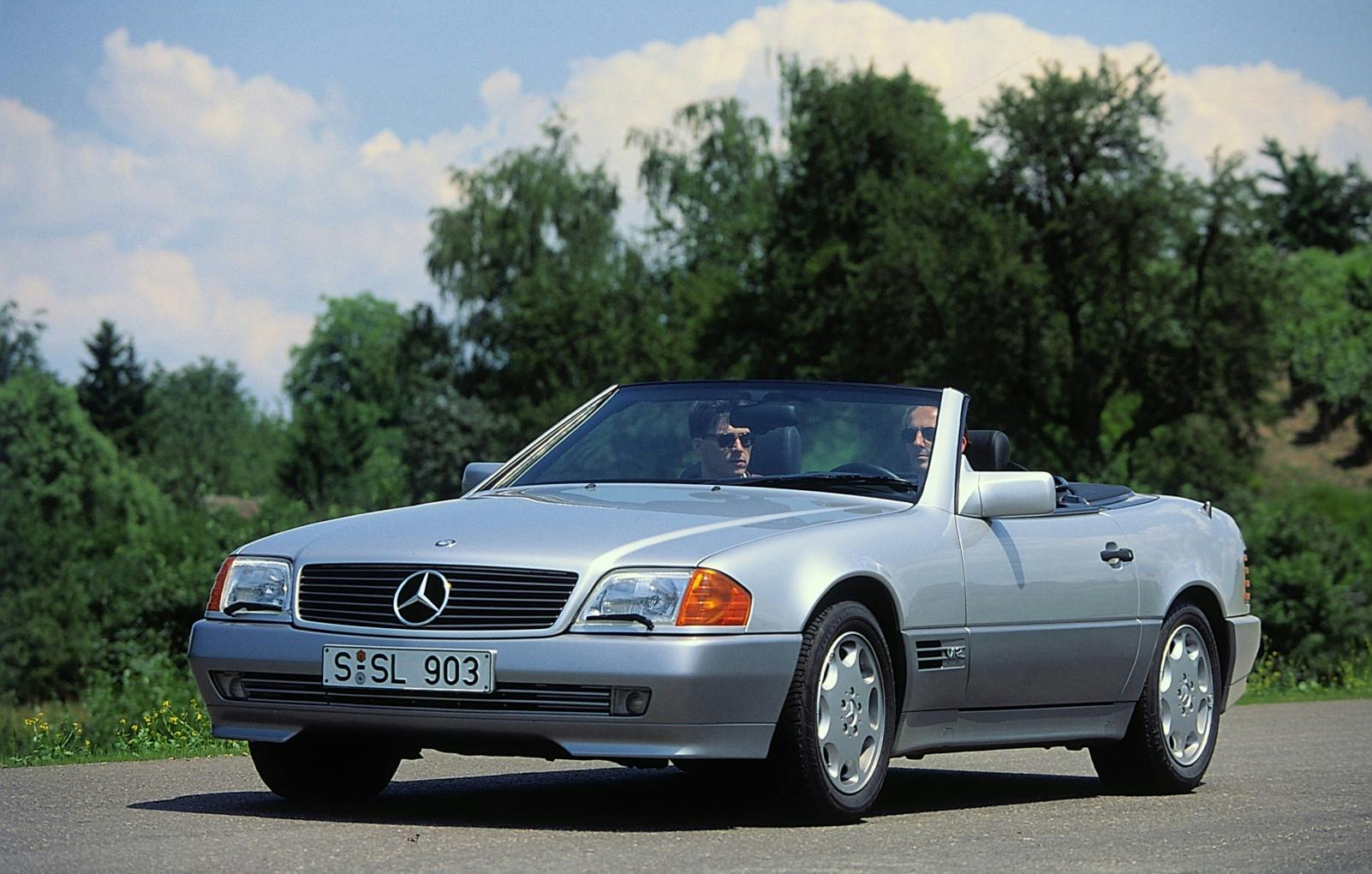
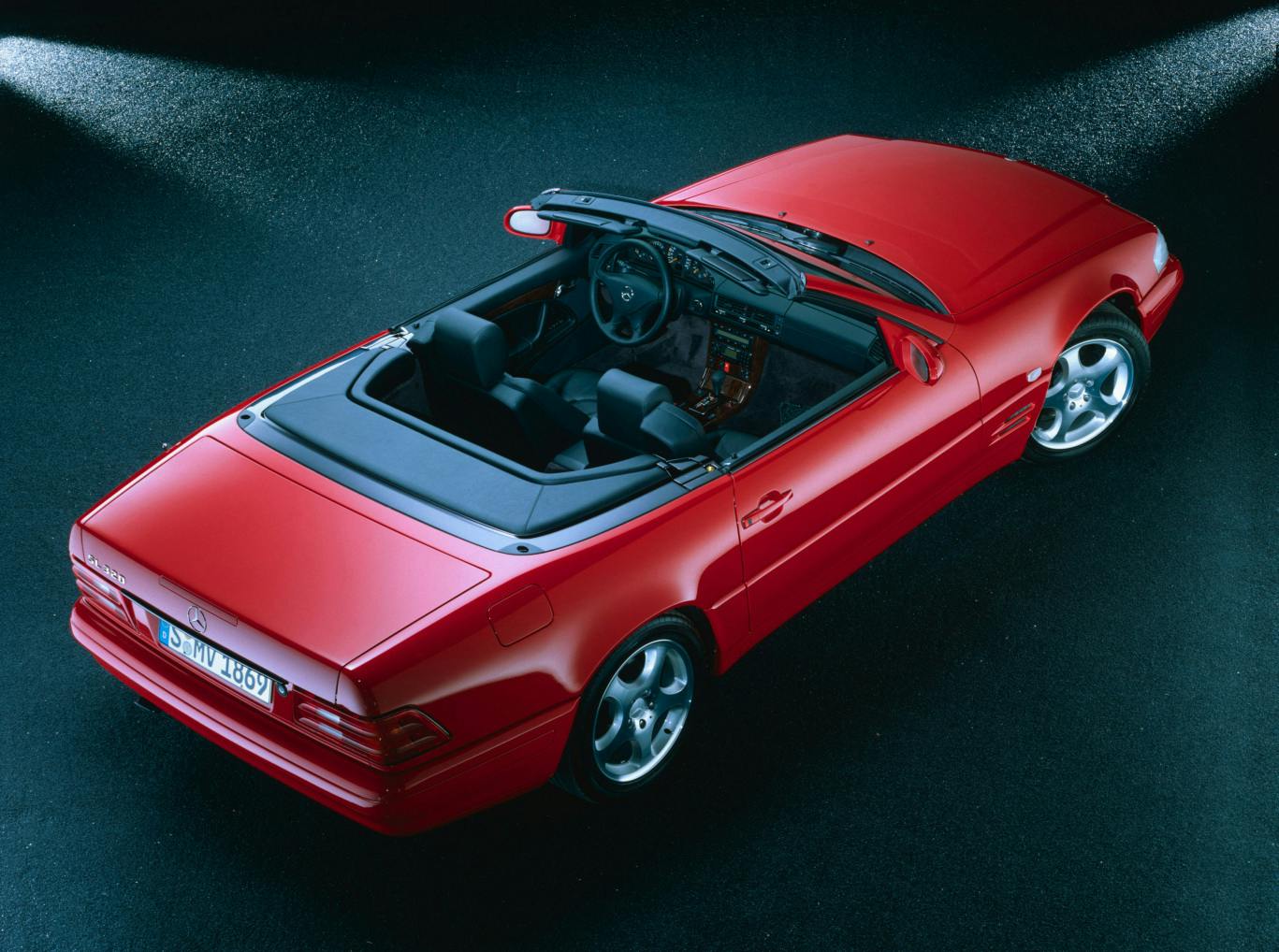

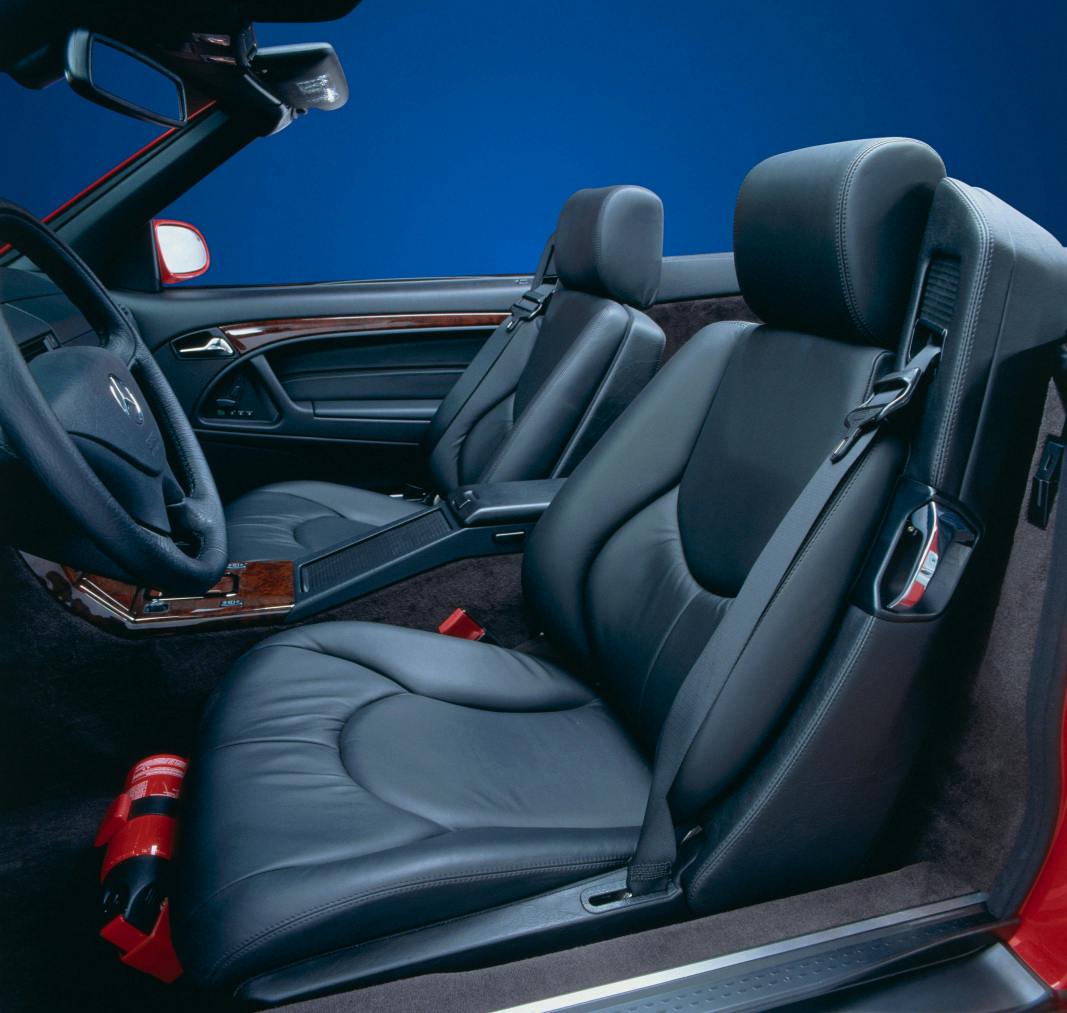



























Thank you for this site. I won a 1997 320 SL A wonderful car and design.
Could you show a photo of the panorama roof as I need to get mine fixed.
Thank you